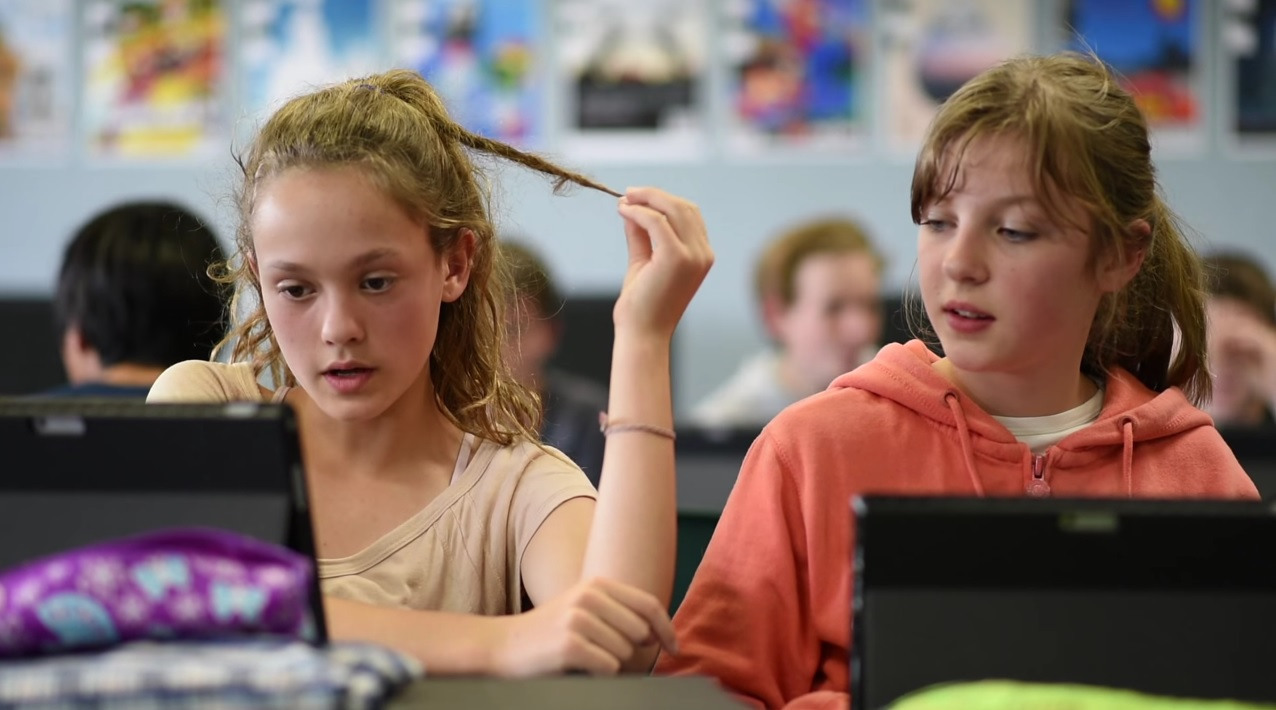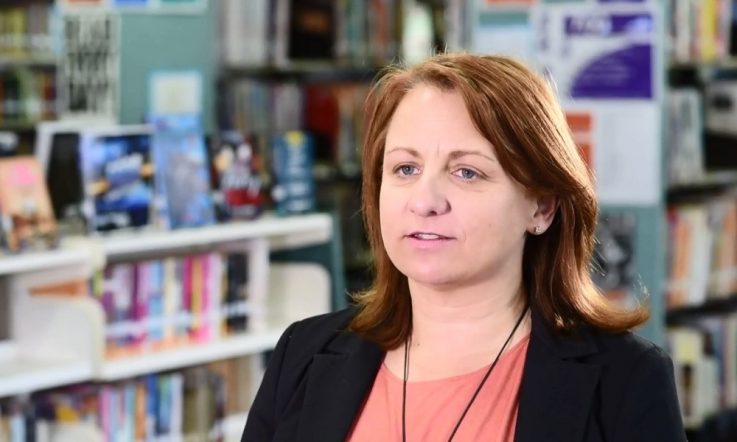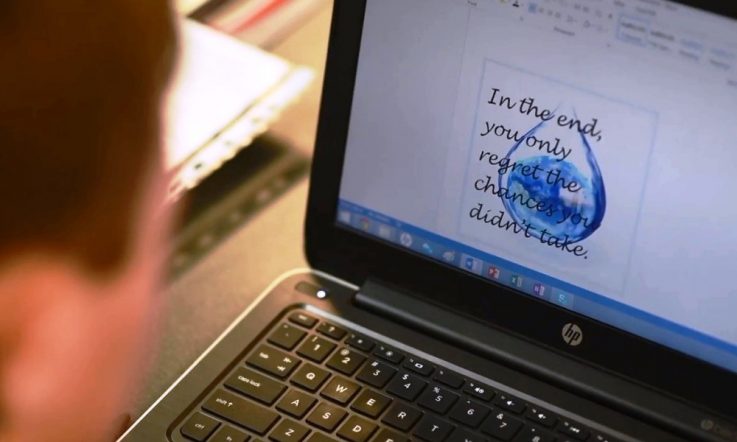When Loren Clarke realised her school had no meaningful data regarding students' problem solving and collaboration skills, the Head of English at Eltham High School in Victoria contacted experts to help her to get started.
After approaching the Assessment and Teaching of 21st Century Skills team at The University of Melbourne, Clarke began using their collaborative problem solving assessment tool in 2014.
The tool is used with Year 7 students who participate in a team-taught inquiry-based program. An example of one of the problems students have to solve is growing a plant: one student controls the temperature and the other controls the light conditions for the plant and they need to work together to make the plant grow.
Sharing details of the approach in an Australian Learning Lecture case study, Clarke says most of the students do find it quite challenging – not necessarily because the tasks are hard, but because the tasks ask them to do something different.
‘They're asking them to work with somebody else in a different way. Often what we'll assess is what they know, rather than perhaps how they work with somebody else in terms of collaboration, but also in terms of how they think,' she says.
One feature of the program is that the computer tracks all the discussions that take place between the pairs, as well as how they interact with each other. ‘So one of the most fundamental things that students need to realise is their screen isn't necessarily the same as their partner's screen so they have to be able to collaborate to do that.'
Clarke says this program is something she'd recommend to other teachers, as something to use to encourage collaboration between students. ‘It's something that is really valuable for schools and for individual teachers in terms of improving their practice and the outcomes that we give the students.'
Find out more in this Australian Learning Lecture case study video.
WATCH VIDEO
For more information and links to resources, visit the ALL case study web page.
How do you promote collaboration between students? Is this something they find particularly challenging?
How do you assess collaboration in your classroom? What tools do you use to measure the success of your collaborative problem solving activities or projects?



